|
Roughly 3,500 years ago—right about the time the Ancient Phoenicians were hitting their stride—a tiny cypress tree, no bigger than a fist, sprouted in the swamplands of Central Florida. 3,500 years later, in 2012, that very same cypress burned to the ground. Known as “The Senator,” this majestic, 118-foot tall tree was one of the oldest organisms in the world. Over the course of its long life, it survived hurricanes, disease and logging sprees, serving as a landmark for Seminole Indians, a tourist attraction for curious Victorians, and a spiritual epicenter for pilgrims hoping to bask, literally, in the shade of history. Investigators later charged a 26-year-old woman with setting the fire. Here are some of the world’s oldest and most amazing trees that remain. 1. OLD TJIKKO (SWEDEN) 2. METHUSELAH (CALIFORNIA) The world’s oldest known living tree sprouted sometime during the last Ice Age, roughly 9,550 years ago. This 16-foot spruce in the Dalarna province of Sweden may look more like a Charlie Brown Christmas Tree, but don’t be fooled: this little guy’s root system got started back when the British Isles were still connected to Europe by an ice bridge. According to Wired, geologist Leif Kullman, who discovered the tree, named it after his dead dog. Methuselah, a bristlecone pine tree from California’s White Mountains, is thought to be almost 5,000 years old—and the oldest non-clonal tree in the world. The exact location of the gnarled, twisted Methuselah is a Forest Service secret, for its protection (that might not be it above). In 1964, a slightly older tree by the name of Prometheus was accidentally felled by a scientist who didn’t realize the tree was as old as it was. 3. LLANGERNYW (NORTH WALES) Llangernyw, a lush, 4,000-year-old yew tree, was inducted into a list of 50 Great British Trees by the UK Tree Council in 2002, which, as far as tree honors are concerned, is a pretty big deal. Llangernyw was planted in what is now a North Wales churchyard way back when the Egyptian Pyramids were still considered a new development. 4. ZOROASTRIAN SARV (IRAN) The Zoroastrian Sarv, a tree in central Iran, is an Iranian National Monument. The 4,000-year-old cypress took root right about the time ancient people in Central Asia were inventing wheels with spokes, and over the course of its long life, witnessed the advent of modern human civilization. 5. FITZROYA CUPRESSOIDES (CHILE) Fitzroya Cupressoides, a type of tall, skinny evergreen in the Andes Mountains, are some of the oldest trees in the world. Known commonly as the Alerce, many of these soaring evergreens have been logged in the last two hundred years, but scientists have been tracking and protecting one specific tree, which is thought to be more than 3,600 years old. 6. THE TREE OF ONE HUNDRED HORSES (SICILY) The Tree of One Hundred Horses, this enormous chestnut near the Mount Etna volcano in Sicily, is thought to be between 2,000 and 4,000 years old. Its inimitable name comes from an old legend where 100 drenched knights and their sopping steeds sought refuge from a thunderstorm beneath the tree’s protective branches. It’s almost believable: This truly massive tree holds the world record for girth, clocking in at 190 feet in circumference—nearly the length of a hockey rink.
0 Comments
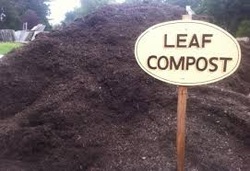 Henry Adams put it best when he stated: “Chaos was the law of nature; Order was the dream of man.” Lawns grow into disorder, leaves fall, and we strive to categorize, organize, and beautify. Although lawn and tree maintenance is crucial for the look and feel of your property, the consequences can be catastrophic on our natural resources. Poorly executed lawn and tree care pose immense threats on the state’s, and country’s waterways, and hastens disease and pest spread worldwide. It is not only our duty at Mack Landscape Management, LLC. to inform you of Pennsylvania state legislation, regulatory action by the state’s EPA, and keep you updated on the most eco-friendly management techniques available, but to also responsibly offer these services to all of our clients! Pennsylvania, Montgomery County, and your local municipalities have and most likely will pass more stringent regulations on how we dispose of your yard waste, water your lawns, and care for your property. PA Act 101 stipulates that no municipality over 5,000 residents can lawfully throw away plant material with general trash nor be burned in piles. This is because plant material then ends up in landfills, decomposing and producing mass amounts of methane, a greenhouse gas. Burning of leaves in fall adds to air pollution and carbon releasing which is also a greenhouse gas. Leaves should not be piled and left near waterspouts, drains, and sewers because of the acidic content during decomposition which leads to water pollution. Using non-potable water to irrigate your landscape is highly illegal in most counties, and irrigation should be closely monitored to ensure you water the correct amount and avoid flooding, as well as save on your water bill every month. Ordinances in most townships dictate that no grass clippings, leaves, or any other organic material be blown into the street because grass clippings contain high amounts of quick releasing nitrogen. This leads to quick algae growth in streams, ponds, and lakes. Over fertilization of your yard can also attribute to water pollution, animal death, and increased pest problems. Mack Landscape Management, LLC. can help you comply to these, as well as contribute to your community by setting up a yearly soil test, building your own personal composter, or simply removing the waste and disposing of it at the proper facilities for you. We are also happily complying with increased regulation. Mack Landscape Management, LLC. must now inform dumping sites of where and when the leaf, twig, or wood waste came from and was removed. Most townships have monthly collection days for all yard waste in accordance with Act 101. For those of you that need more than that, Mack Landscape Management, LLC. will lend a helping hand. Further, we encourage soil testing here at MLM. We believe that additives should reflect what your soil lacks and not be utilized to push new growth and color despite damage to soils, waterways, and your other plants. We also believe in composting your grass clippings. It is proven that leaving grass clippings in your yard provides as much nutrients as general grass fertilizer. As your soils absorb plant material, it replenishes nutrients; benefits soil structure, and fertility. The most important barrier against and the largest contributor to water pollution is soil. The scientific community has made great strides in understanding how our “dirt” functions, renews itself, and benefits our groundcovers, and is the single greatest factor in water conservation. Maintaining a healthy soil structure, suitable or viable plant material in such soils, and the care above and below our grass-laden yards will make our communities much more sustainable. Laws not only focus on water conservation but air quality. Since trees are natural air purifiers, our local, state, and federal governments take great measures to limit the spread of pests that threaten our forests and urban tree communities. Firewood is a serious contributor to the spread of the Emerald Ash Borer (see previous post,) the Asian Longhorned Beetle which attacks hardwood tree species, and the Sirex Wood Wasp whom spread throughout the North-East killing hundreds of pine stands. Our employees are familiar with these threats, treatments, and PREVENTION so give us a call. So schedule a consultation today and let us turn the chaos into order. Let us help you go a little greener! -J.DeLone Township Links: Lower Merion Township Haverford Township Radnor Township Tredyffrin Township Useful & Supportive Articles: Pennsylvania Department of Environmental Protection Guides to Protecting your Water & Conserving your Land Lower Merion Planting Guide for Varying Soil Conditions Pennsylvania Trees Organization Pennsylvania Act 101 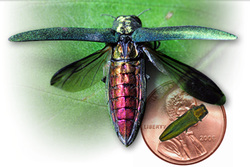 The United States faces the most devastating insect infestation in it's history and the pleasantly colored pest is headed down from Maine and to your neighborhood, home, and gardens. Pests rarely make the newspaper, barring the Pine Beetle devastation in the West, however the Emerald Ash Borer has already made headlines in Boston, Chicago, New York, and in our own Philadelphia Inquirer's Sunday issue. Pennsylvania's 300 million Ash trees are predicted to share the same fate as the 50 million fallen trees since the insects first discovery in 2012 by the Michigan State Natural Resources Department. Nationally, the damage is expected to exceed $10 Billion, and Pennsylvania remains one of the 25 states that will see a rise in EAB populations to epidemic proportions. There are many resources to diagnose, treat, and prevent infestations on your property and in your neighborhood. The best management practice for pests is always prevention. The larger the buffer between your treated trees and untreated trees the better! Since 99% of Ash trees infested by EAB die within four years of exposure, it is imperative to start planning now! Review the links below and, please, call us for a consultation in respect to your properties health and wellbeing. Best, -J. Delone Pennsylvania Department of Natural Resources: Emerald Ash Borer Penn State: Decoy trees could blunt spread of ash-killing beetles
|
Archives
June 2016
Categories
All
|
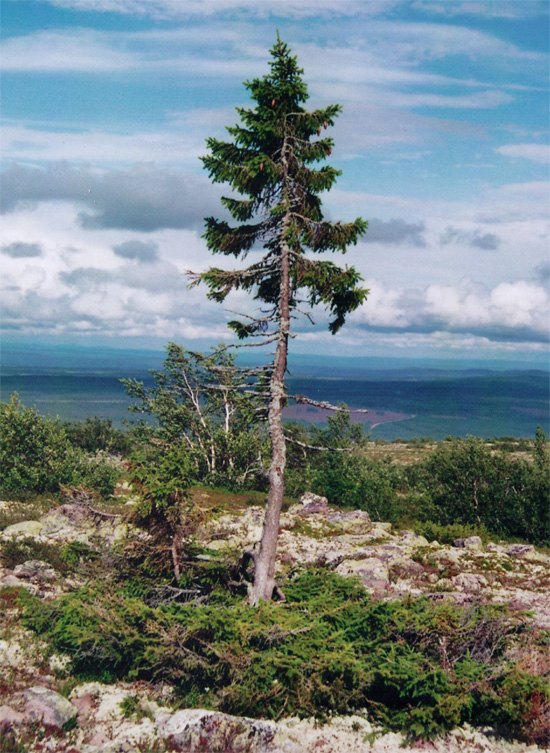
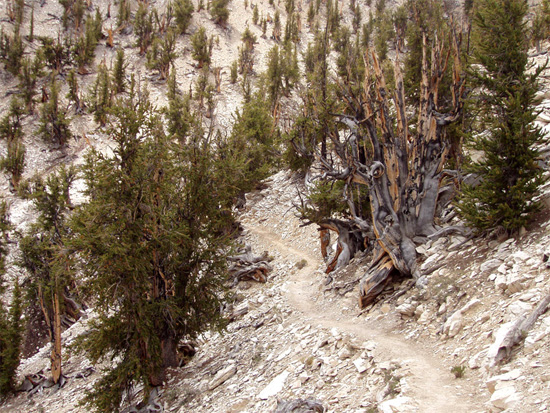
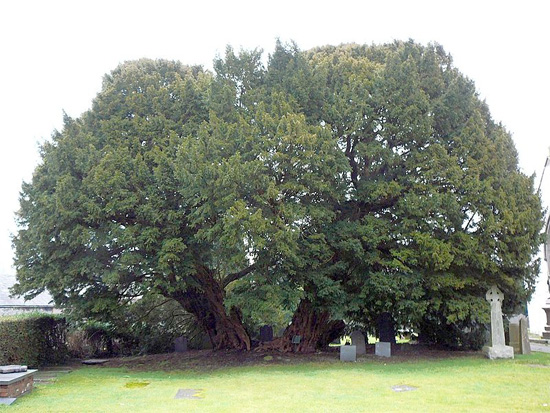
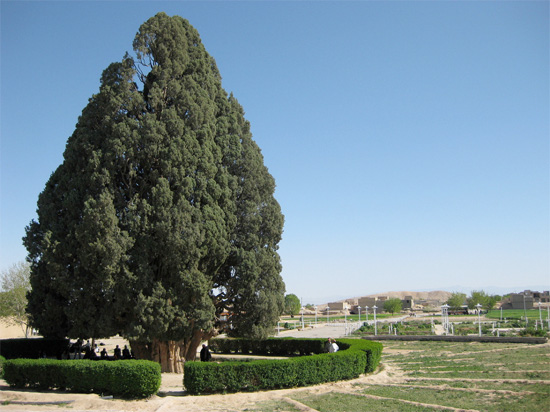
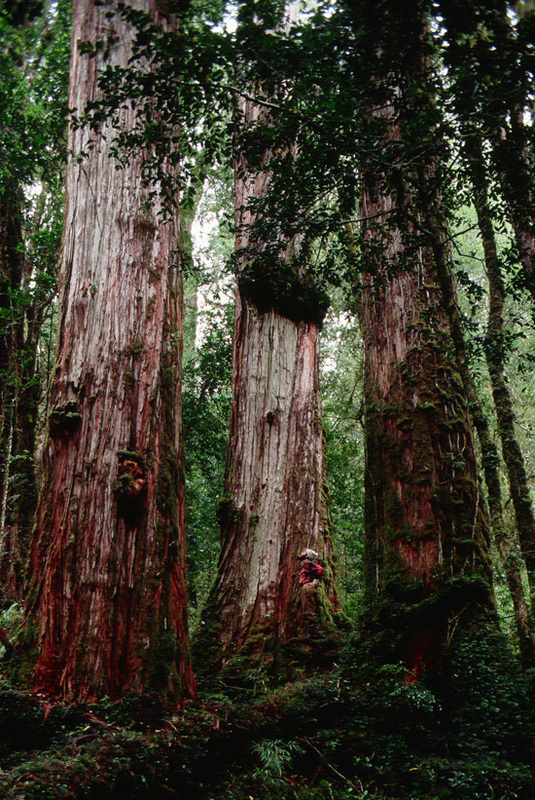
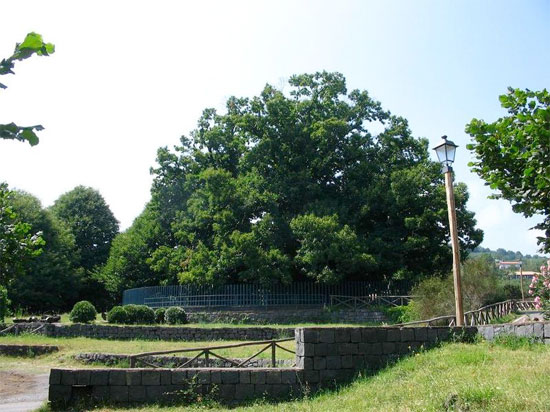
 RSS Feed
RSS Feed
